Olympus M.Zuiko Digital ED 17 mm f/1.2 PRO
5. Chromatic and spherical aberration
Chromatic aberration
Fast wide-angle lenses sometimes experience serious problems when it comes to correction of longitudinal chromatic aberration. The tested Olympus 1.2/17 doesn’t have them; still it doesn’t mean that aberration is corrected in a perfect way. You can notice slight colouring of out-of-focus images, especially by f/1.2, but the problem shouldn’t be called huge or even medium so we don’t have any serious reservations in this area. |
The graph concerning lateral chromatic aberration, depending on aperture values, presents a picture below.
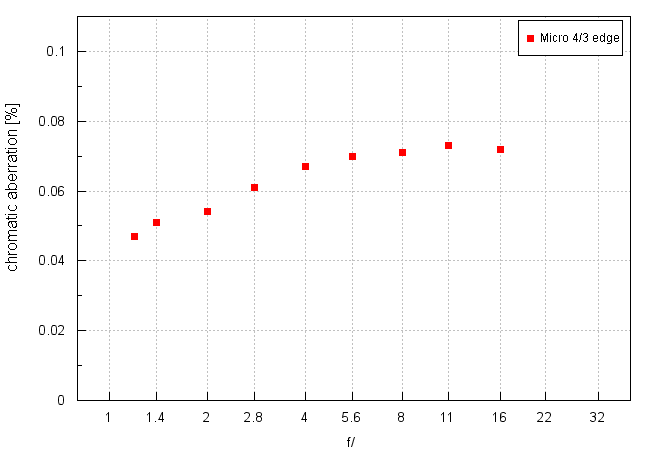
Please Support UsIf you enjoy our reviews and articles, and you want us to continue our work please, support our website by donating through PayPal. The funds are going to be used for paying our editorial team, renting servers, and equipping our testing studio; only that way we will be able to continue providing you interesting content for free. |
- - - - - - - - - - - - - - - - - - - - - - - - - - - - - - - - - - - - - - - - - - - - - - - -
You can notice a delicate increase from less than 0.05% at the maximum relative aperture to a bit over 0.07% for the apertures ranging from f/5.6 to f/16. That range of aberration results fits our definition of low levels so we can say the M.Zuiko Digital ED 17 mm f/1.2 PRO doesn’t have problems with correcting lateral chromatic aberration.
| Olympus E-M5 II, RAW, f/1.2 | Olympus E-M5 II, RAW, f/11.0 |
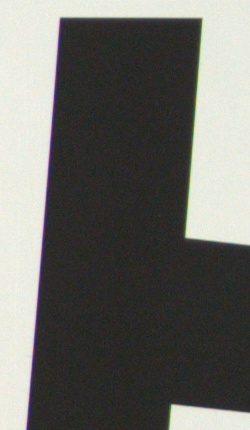
|
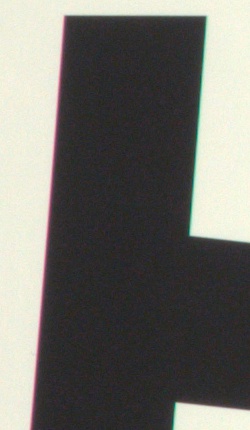
|
Spherical aberration
When it comes to spherical aberration it is corrected quite well; anyway, as you might notice while glancing at the first image of this chapter, we didn’t see any traces of focus shift effect. Still the influence of this aberration becomes noticeable if you look at photos of defocused light points. The circle reached before the focus has soft edges and the one after the focus features a distinct, light rim. It is a classic symptom of this type of aberration and it means the optics of the lens doesn’t correct it perfectly well. It’s hard to say whether it is a deliberate attempt to provide nicer look of out-of-focus areas or perhaps a price to be paid for a better correction of other optical aberrations.
| Olympus E-M5 II, f/1.2, in front of | Olympus E-M5 II, f/1.2, behind |
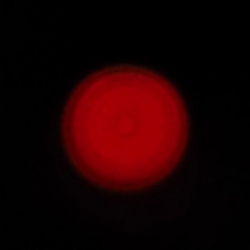
|
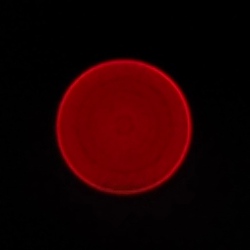
|






